AR/VR/MR Designer & Creative Technologist. Current: Snap AR. Previous: Microsoft & The Workers.
© 2016 / Credits
The live broadcast event, held over five consecutive nights, enabled over 100,000 people to control and “see” through the eyes of one of four custom-built, video-streaming robots from a web browser.
While the robots allowed visitors to “see” and explore, four art experts provided live commentary over the video streams, creating another level of engagement and experience that would be impossible during daylight hours.
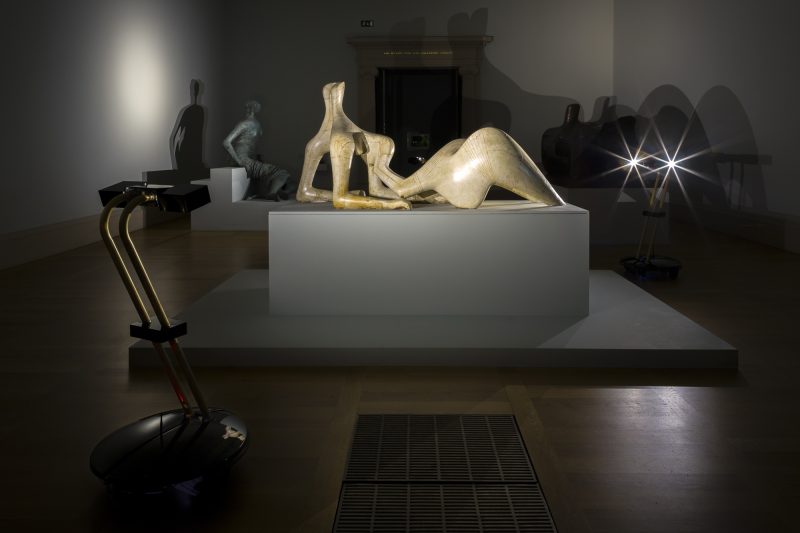

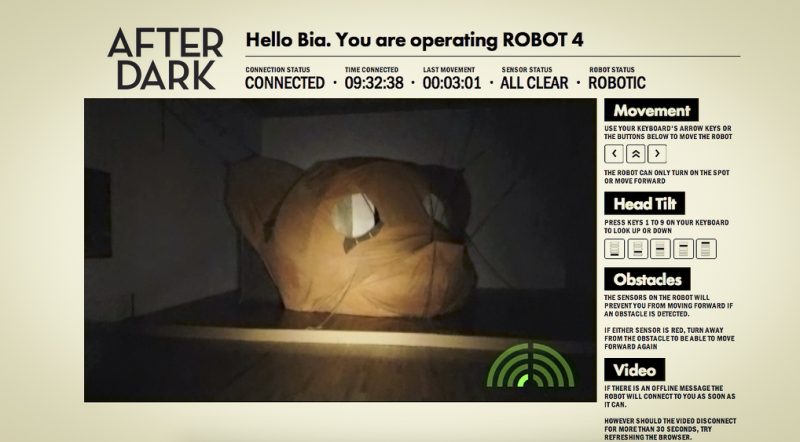
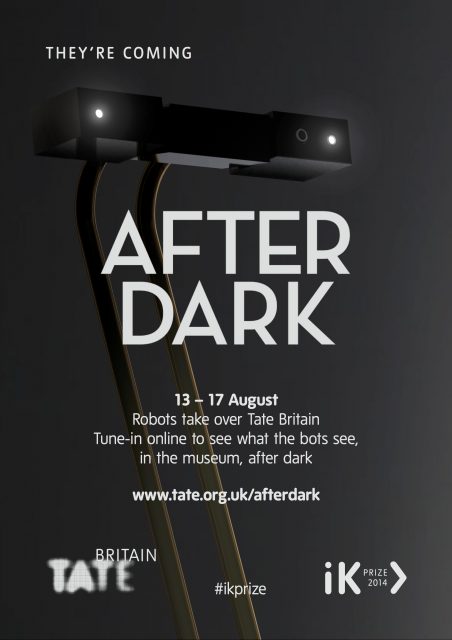
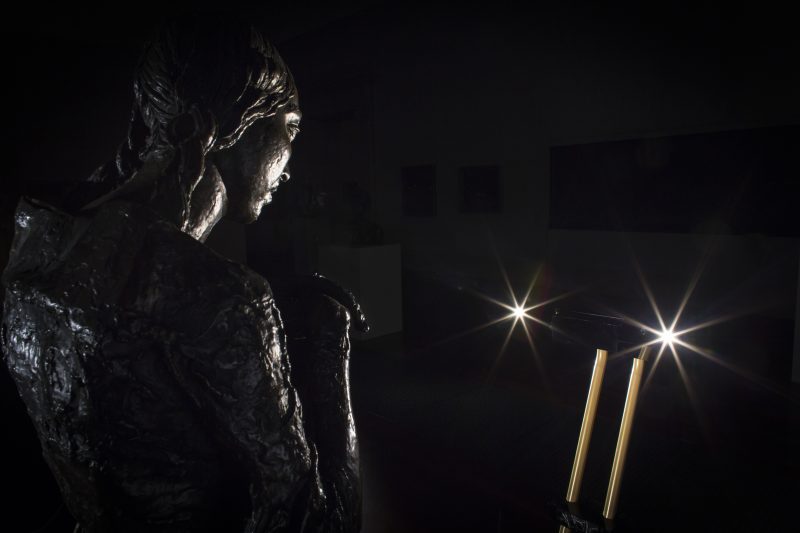
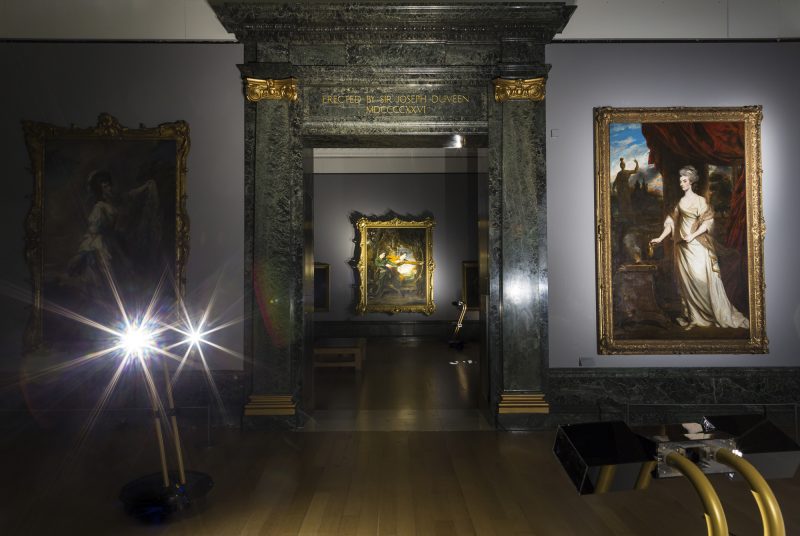
Tate’s IT Team for being onboard, championing the project, and making it possible to leverage their infrastructure.
RAL Space for specifying the right hardware for the robots, providing consultation and trips to their workplace.